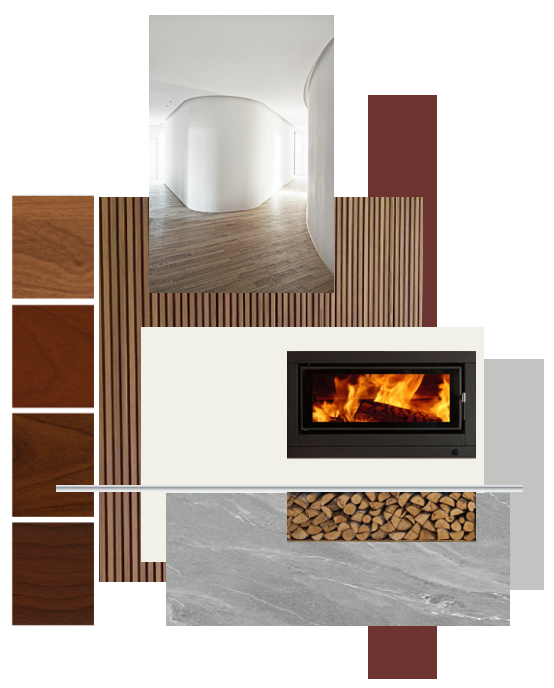Pro Tip: Inspiration
“Audrey, I just had this great idea! I was talking to my friend’s girlfriend who…”
The process of designing our own home can be exhilarating, exciting, and overwhelming. Sometimes we can’t help but get sucked down a million different rabbit holes (I’m looking at you Pinterest) in search of “the perfect look”.
Run, Alice. Run down that rabbit hole and see and learn about as many different looks, and options, and opinions there are. Imagine fantastic things and believe in the impossible.
“Sometimes, I’ve believed as many as six impossible things before breakfast.”
Then pause. Breathe. And refine.
Design is an iterative process with each design stage narrowing in on what you need, desire, and aspire to. We’ll look at a broad range of inspiration images and materials, test different ideas, and throw some out the door. The one thing I always recommend, particularly as we progress though, is to be very selective about who you talk to about your project and keep that group very small.
Why? We’ve all been influenced by friends, fashions, and trends in the past - gone on a date with somebody we weren’t that into, bought an unflattering outfit, or gone to a movie we knew we’d hate - but once your home is built it’s a lot harder to unbuild it.
It’s so easy to get caught up in everybody else’s opinions and I’d hate for you to feel like the outcome you get isn’t quite “you”. So, run down that rabbit hole, Alice. But don’t forget follow my pro-tip - be selective about who you listen to, when you listen to them and really think about why their opinion is important to you.
A mood board can be a great tool used to force designers and clients to filter our inspiration into one cohesive idea.
Finding your preferred architecture style can be a daunting task, especially if you are just starting on your home design journey. There are so many different styles to choose from, each with their own unique characteristics and aesthetic appeal. So how do you go about finding the one that best fits your personal preferences and values? Here are a few tips to help you find your preferred architecture style:
Take some time to research different architecture styles.
Start by familiarizing yourself with the different styles that exist. Look at examples of each style, read about their history and key characteristics, and consider what elements you like or dislike about each one. This will help you narrow down the styles that resonate with you and give you a better understanding of what you are looking for.
2. Consider your personal design preferences.
Think about the types of buildings and spaces that you are drawn to and what elements you enjoy the most. Do you prefer clean lines and modern design, or are you more drawn to traditional and classical styles? Do you enjoy bright and bold colors, or do you prefer a more neutral and minimalistic approach? Your personal design preferences can be a great starting point for finding your preferred architecture style.
3. Reflect on your values
Consider your values. What is important to you when it comes to designing spaces and buildings? Do you prioritize sustainability and energy efficiency, or do you prioritize aesthetics and form over function? Understanding your values can help you identify the styles that align with your values and design approach.
4. Experiment with different styles.
One of the best ways to find your preferred architecture style is to simply try out different styles and see what works for you. This can be done through sketching, building models, or even creating digital models using software - but if all of that sounds terrifying to you try Pinterest, or creating a mood board either on Powerpoint or by printing photographs and physically arranging them on a board or in a scrapbook. Experimenting with different styles will allow you to see what feels natural and comfortable for you as a designer, and what styles you are drawn to.
5. Seek feedback and guidance from others.
Don't be afraid to ask for feedback and guidance from your architect, friends and family. They can offer valuable insights and perspective on different styles and help you find the one that best fits your design approach. Just remember to follow the advice above.
“A designer is a curator.
The word ‘curator’ originates from the Latin cura, which means to care.
Curators are employed to take care of collections.
There are a lot of beaufitul design elements in the world.
It’s your home.
Curate a collection that brings you joy.”
Finding your preferred architecture style can be a journey, but by taking the time to research, reflect, and experiment, you can discover the style that feels right for you. Remember, your preferred style may change and evolve over time as you learn, so don't be afraid to try out new styles and approaches.





